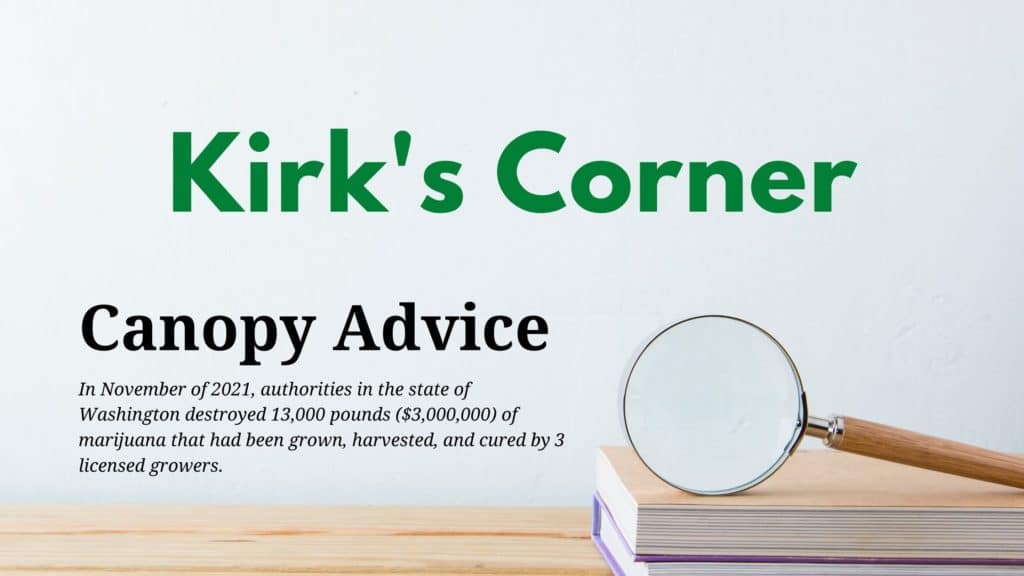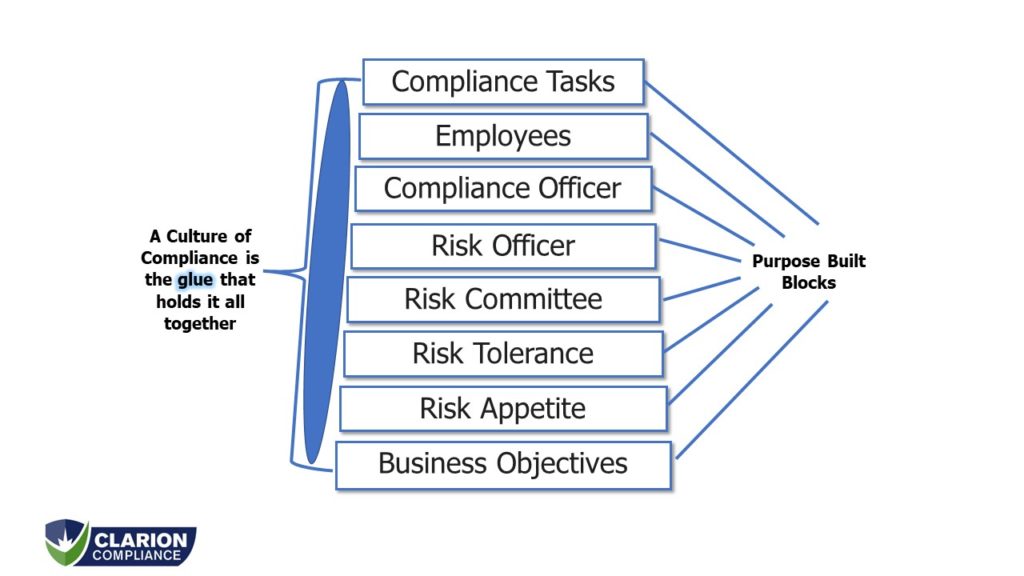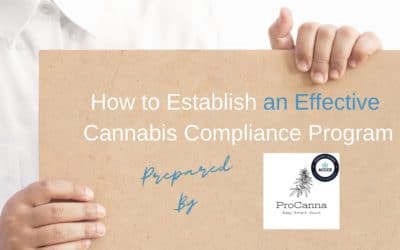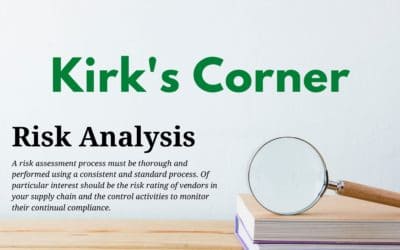
13,000 Pounds of Finished Cannabis Flower Destroyed
In November of 2021, authorities in the state of Washington destroyed thirteen thousand pounds of marijuana that had been grown, harvested, and cured by 3 licensed growers. The Liquor and Cannabis Board (LCB) determined that these three growers had canopies that were about 50% bigger than allowed by regulation. Thirteen thousand pounds is a lot to lose so let us dive into this event, discuss risk management and compliance, and how you might approach these issues to avoid being out of compliance.
The Story
In the fall of 2021, three licensed CannabisM (Marijuana) farms located around Touchet Washington were visited by the LCB to investigate the canopy size of their operations. It is reported that various cannabis trade associations had complained about these three businesses’ canopy sizes, prompting the site visits. After measuring the size of the grows, the LCB determined they were out of compliance by 50%. Based on their determination, the LCB destroyed thirteen thousand pounds of harvested flower that the three growers had produced. These growers have retained an attorney in this matter. One issue being addressed is the state’s definition of “plant canopy.” Captain Jeremy Wissing who oversees CannabisM production with the LCB is reported to have commented that the growers have been operating in a non-compliant fashion this entire time and it was a lack of understanding of the officer that previously looked at it. The LCB is indicating that it has not recently changed its canopy definition.
Thousands of pounds of pot destroyed in Washington state (msn.com)
What Compliance Officers can Learn
Understanding your allowable canopy size is critical to every cultivator in the CannabisM space. Fees and taxes are set by canopy size and jurisdictions cap both combined total square footage and a businesses’ allowable square footage. Consider the following issues for our discussion:
- How much should I rely on the last inspections results?
- What recordkeeping is required?
- How did you determine your canopy size?
- Do you understand how your regulatory body measures your canopy size?
- Why didn’t seed to sale tracking find this problem?
- Why should I consider a risk management and compliance program?
In the case of a routine inspection, the inspector has a limited amount of time, and they are going to focus on predetermined criteria. Things like canopy size, plant tags, the presence of business records, condition of the camera system, worker ID’s, negative entries in the state-mandated tracking system, waste logs, inventory records, discrepancy records, and the like. How did you determine your canopy size? Here is a suggestion as to the process you should consider.
- Obtain a copy of the canopy size regulations and formalize your interpretation on paper
- If you feel it is prudent, consult with a compliance company that addresses these issues and find out their measurement process
- Take your figures and supporting documents and discuss with the agency that oversees compliance, show them what you have and ask them if that is correct
- Make sure you log the date, time, location, person you speak to, and the answer of the regulatory body, and make it a permanent part of your record
Knowing how your regulatory body determines the size of your canopy is a critical step.
The reason you want to perform step #4 is that you create a defensible set of records in the event of adverse action. Remember this important point- The inspectors and the regulatory sector are just as new to the CannabisM industry as you are. It is likely that one inspector will focus on various things and the next inspector will focus on an entirely different set of compliance topics. You may get different answers on the same topic. You will want to be on a continual fact-finding mission as to the “interpretation” of regulations. If your interpretation differs from the regulatory bodies, you are held accountable. Does your canopy size include walkways or gaps between rows? Look for phrases like “total,” “between,” and “continuous.” These are words that are open to interpretation. The fact that one inspector told you that it “looks fine” does not relieve you of the problems associated with being found non-compliant at a later point in time. You can see in this real-world situation that your seed-to-sale tracking program did nothing to address this issue. Remember, seed-to-sale tracking is supply chain management software. Your need for compliance and risk management stretches far beyond entering data about your inventory.
Solving the Problems
In the attached chart you can see that risk management and compliance have many necessary components. It is important for you to begin to develop and mature your own program so that you can discover potential red flags in your own operation. Business, operational, and financial compliance will need your attention to identify and avoid issues just like you see here. Admittedly, the LCB said that a previous inspector had a lack of understanding but unfortunately, you are the one that suffered a monetary loss. Ensure that you have a solid understanding of the interpretation of the regulations that apply to your license type and adopt a risk management program that knows how to ask the right questions.
The Association of Certified Commercial Cannabis Experts (ACCCE) is dedicated to advancing the professional knowledge and skills of those committed to commercial cannabis risk management.
Click here for more information on how ACCCE can help our members at commercial cannabis businesses.




